
Kaieteur Falls Facts
- This masterpiece of geological forces most frequently goes by the somewhat hard to pronounce term of Kaieteur Falls. It does have another, much less often used title, though. That’s the term Kayik Tuwuk, which roughly translates as Old Man Falls.
- That appellation originates in the ancient Patamona language. That’s the native tongue of the small population of Indigenous Peoples native to the surrounding region. Inhabiting the area, they have known of this natural wonder for untold centuries.
- In more modern times, however, no known outsider knew of its existence until 1870. At that time, a group led by the British geologist, Charles Barrington Brown, discovered it. He was serving as governor of the newly-named British colony at the time.
- The name of Kaieteur Falls derives from a local legend. This narrates that an unpleasant old man was once placed in a boat and shoved over the falls by his relatives. Another legend indicates a more heroic story behind the distinctive name, however.
- It now constitutes a major tourist attraction in its region, due to its beauty. Despite this, the breathtaking formation thankfully now enjoys a certain amount of protection. The area surrounding it now represents the stunning Kaieteur National Park.
Related Articles
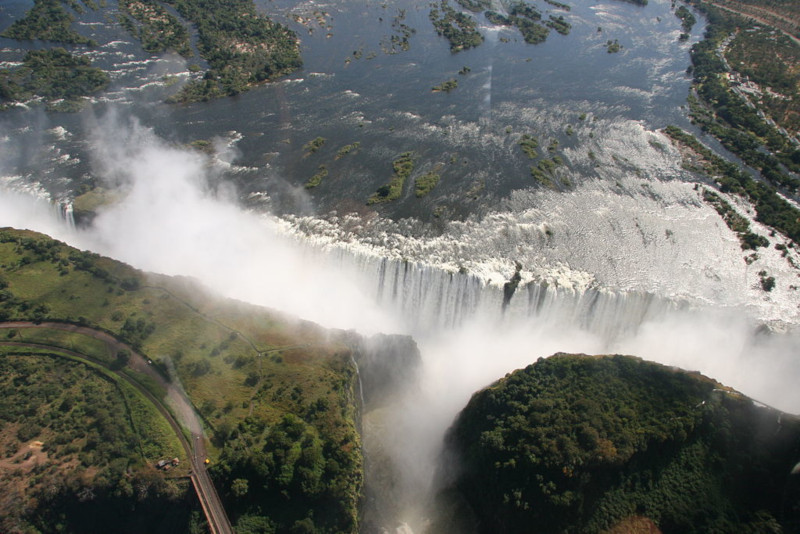
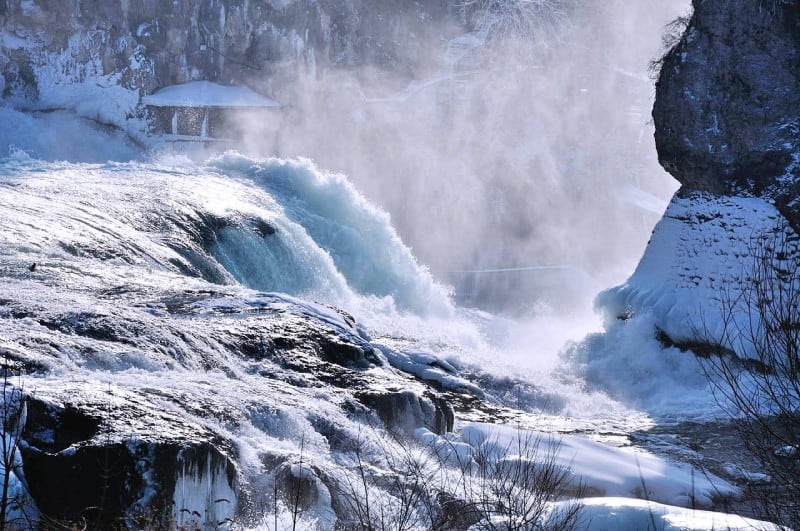
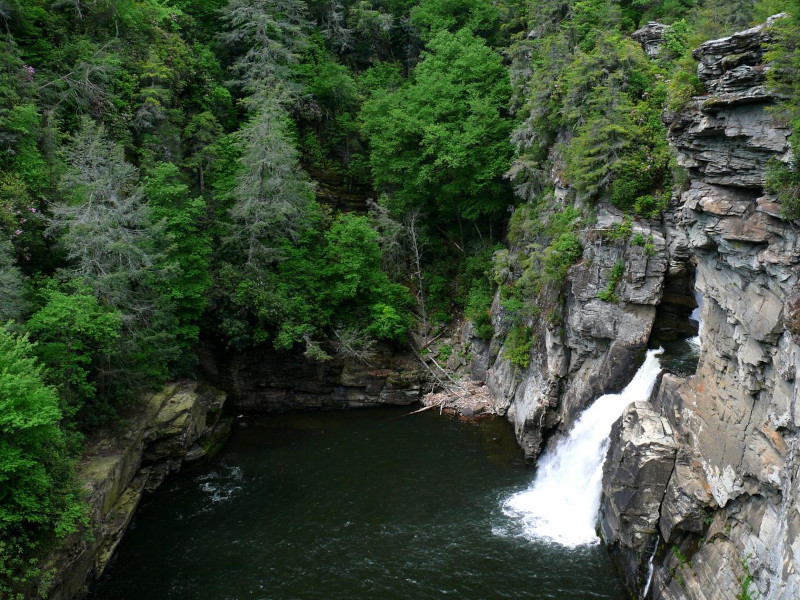

Kaieteur Falls Physical Description
The marvel of Kaietuer Falls understandably fascinates virtually everyone fortunate enough to visit the site. Unlike some similar features across the globe, though, it does so for more than just its beauty. It also stands out due to some hihgly impressive physical statistics.
From its top, this amazing flow of water plunges an already incredible 741 ft (226 m). The underlying rock strata principally consists of relatively soft sandstone. A conglomeration of other stones also makes up the remainder of the bed of the outpouring.
From there, it proceeds over a small but quite steep series of cascades. These add about another 81 ft (25 m) to its overall drop from the heights above. The combination of these two plunges give it a total fall of 822 ft (251 m), making it the 123rd highest known.
But the height of Kaieteur Falls is only part of its story. It’s also extremely wide compared to most others of its kind. This varies due to influx of water, of course. But it averages a width of 371 ft (113 m). Together, these factors give it one of the highest volumes of any waterfall.
Its precise statistics, taken along with its splendor, are remarkable. This product of natural forces boasts an average flow rate of roughly 23,400 cubic ft (663 cubic meters) per second! That ranks as the 19th highest such characteristic of any cascade known to man.
Kaieteur Falls Location, Formation, and Ecology
The fabulous Kaieteur Falls formed in a general region of the earth already famous for its abundance of geological wonders of all kinds. That location therefore comes as little to no surprise to most people. It sits in a section of the amazing continent of South America.
There, it lies on the approximate northeast corner of the landmass. Its general placement puts it within the borders of the nation of Guyana. More specifically, it’s found roughly in the midwestern portion of the country, in what’s named the Potaro-Siparuni region.
It forms part of the Potaro River, which obviously shares its name with the surrounding region. That flows outward from the escarpment of the Pakaraima Mountains. The gorgeous fall itself, along with its source, resides within the astounding Amazon rainforest.
Given its location, in conjunction with its abundance of water, Kaieteur Falls supports its own flourishing micro-environment. That extends to both flora and fauna. Tropical vegetation abounds, including tank bromeliads, the largest of their kind known to man.
Many animal species also profit from close proximity to its waters. This includes amphibians, one of which lives nowhere else. Numerous birds also inhabit the dense jungle supported by the falls. This even includes the rarely observed Guianan cock-of-the-rock.
Features Sharing Its Region
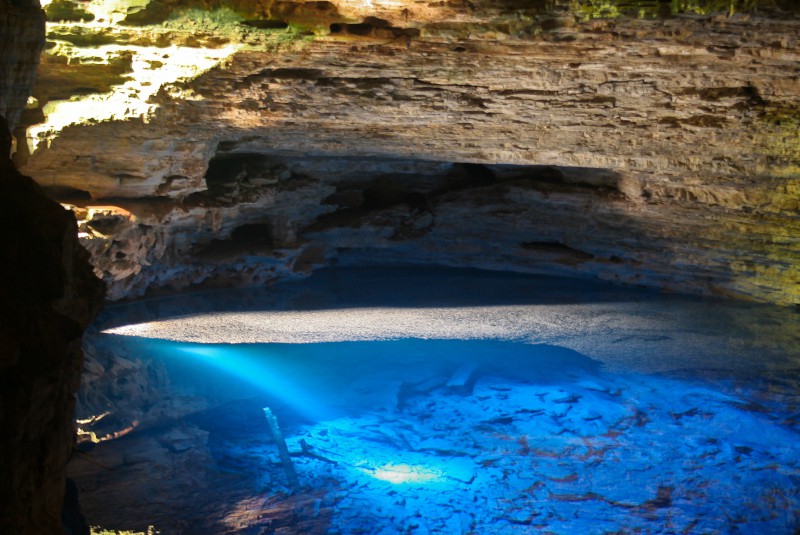
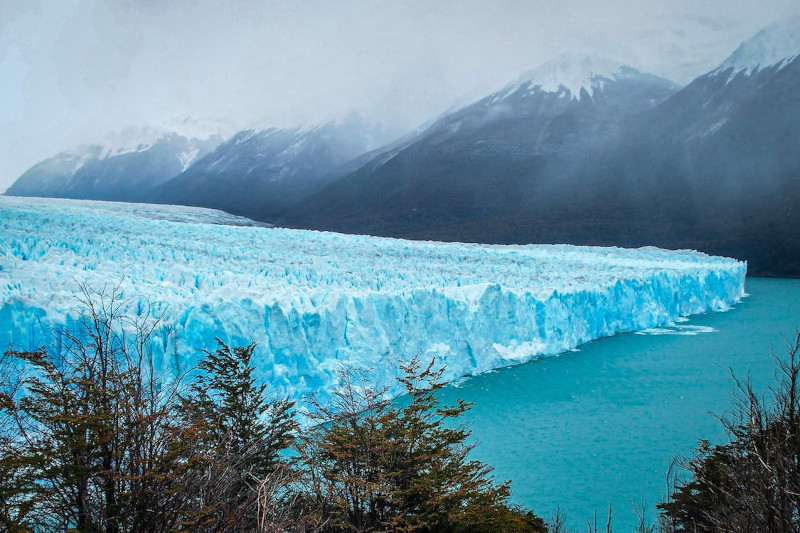
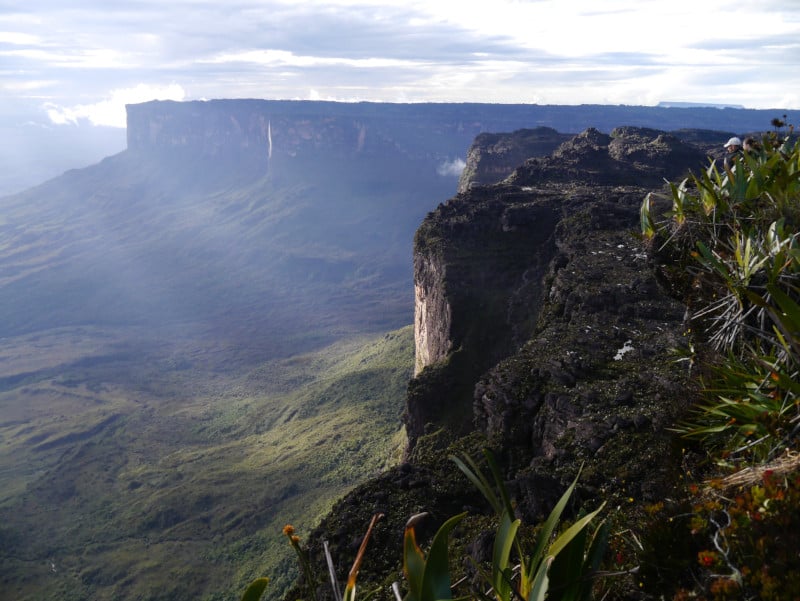
Check out our articles on 3 Completely Captivating Crocodilians, Wallace’s Flying Frog, Baatara gorge waterfall, Kerengga ant-like jumper, Indian Vulture, Satanic Leaf-Tailed Gecko










Leave a Reply